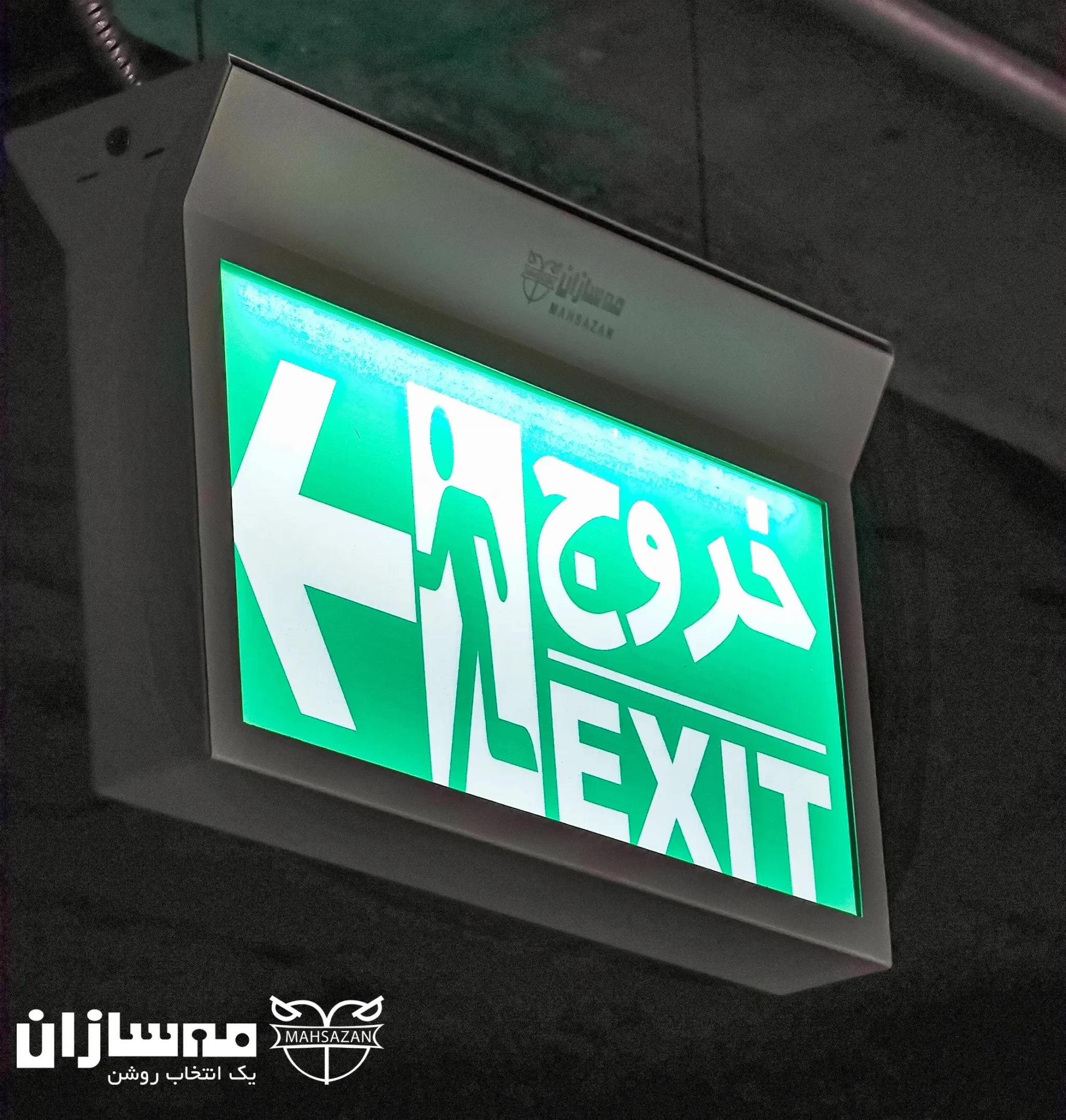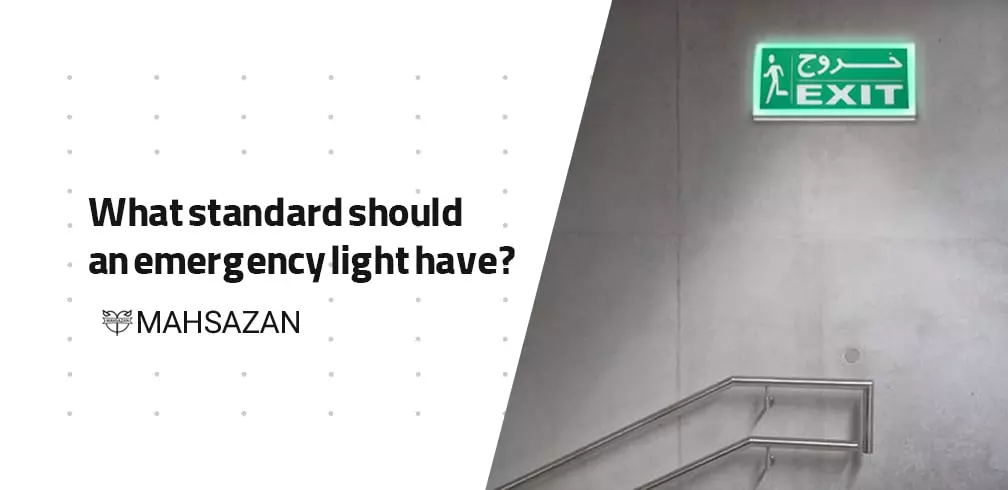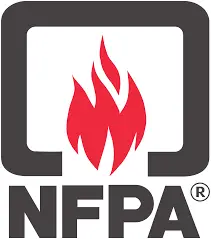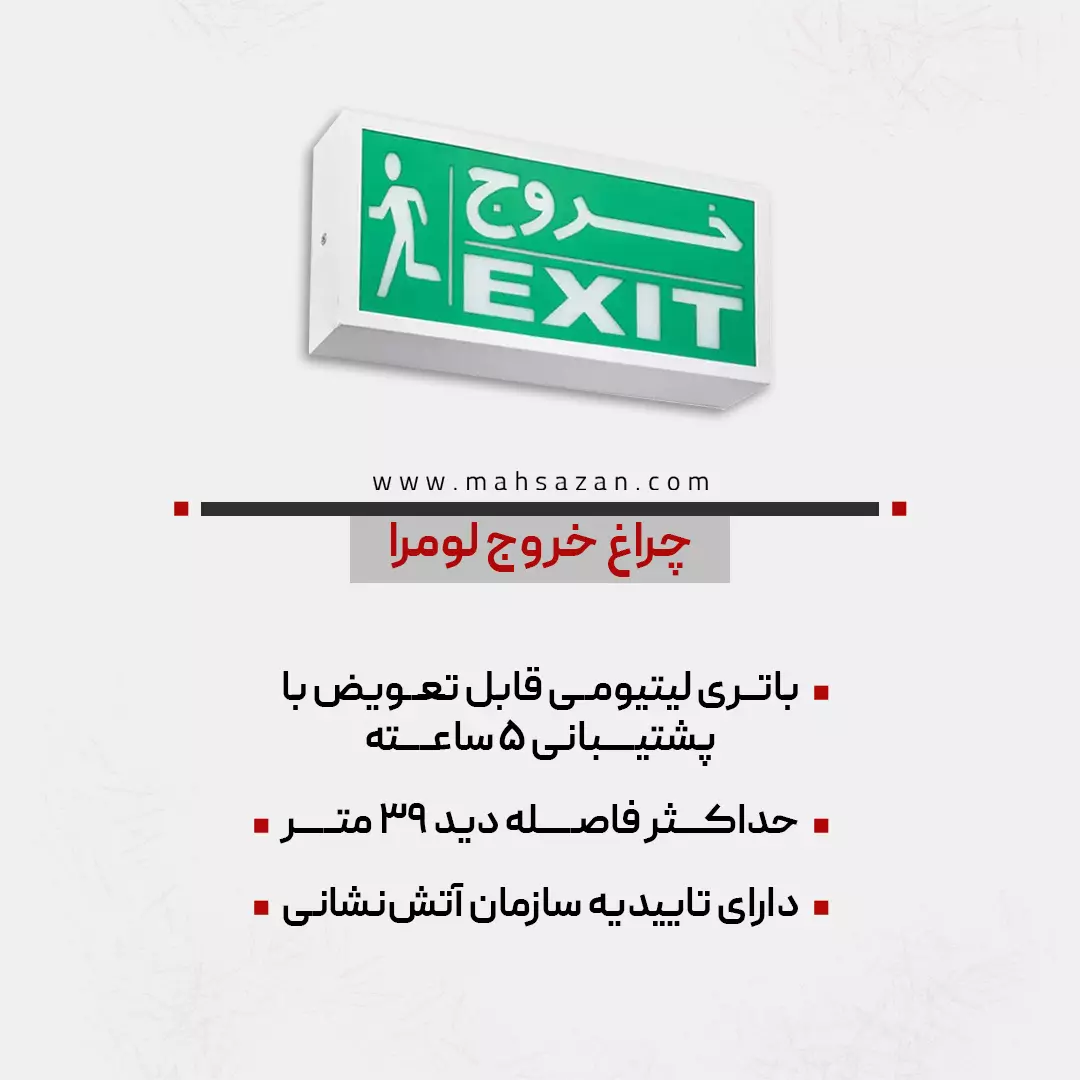Almost after every incident or event in a building, the first thing we notice or, better yet, look for, are the emergency exit and guide lights. Now imagine being in an emergency situation, searching for the exit route, and the lights are not easily visible. In hallways and staircases, especially in multi-story parking lots, the only thing that can guide people toward the exit doors is these emergency lights, which play a vital role in directing people to safety. In such situations, adhering to the standards for emergency lights becomes crucial. But what standards must emergency lights follow to be effective in critical situations? Below, we will explore the essential characteristics and global specifications these lights must have.
Global Standards for Emergency Lights
Emergency lights are lights that do not require a specific location for installation (preferably any public space with multiple exit doors). Wherever you can imagine, such as buildings, public and medical centers, libraries, educational centers, parking lots, and elevators, emergency exit lights are visible. These lights are installed to guide individuals along hallways and exit doors to direct them toward safety in the event of a power outage or emergency. Now imagine if these lights are installed somewhere that is not accessible or visible to people; then what benefit would they serve? Emergency lights are not only limited to wall-mounted or hanging lights; even special light strips installed along walls for guidance are considered emergency lights. However, the focus of this article is specifically on the standards for wall-mounted and hanging emergency lights.

Sample emergency lighting in the parking lot of 17 Shahrivar Shopping Center in Mashhad, implemented by Mahsazan.
The Most Important Standards for Emergency Lights
But what are the most important standards that emergency lights must meet? Here, the necessary standards for emergency lights are clearly outlined:
European Standard EN 1838
One of the standards for emergency lights is the European standard known as BS EN 1838, which specifically deals with emergency lighting and the required light intensity in various conditions. According to this European standard, lights must be designed to produce sufficient light and illuminate exit paths properly in the event of an accident or power outage. Additionally, the amount of light produced must be sufficient for individuals to identify the building’s exit routes. These locations primarily include spaces accessible to the general public or employees (even when the main lighting system is not operational). This standard also precisely specifies the duration for which the lights must remain on after a power outage.
Using BS EN 1838 can help save lives and reduce anxiety and confusion in such situations by providing visible signs that clearly indicate exit routes.
Standard ISO 30061
The next standard for emergency lights is the international standard ISO 30061, which specifically focuses on the design and performance of emergency exit lights. ISO 30061 precisely defines how emergency lights should be designed to function effectively in critical situations. For example, these specifications may include the type of battery, the amount of light the fixture produces, or even the exact duration the light needs to operate correctly under various conditions.
Additionally, the ISO 30061 standard emphasizes that emergency lights must be installed in a way that ensures easy access during emergencies. In other words, they should not just carry the label of being “emergency” lights in name only.
Global Standard NFPA 101
This standard, known as the “Life Safety Code,” is a set of safety regulations. It addresses the installation, inspection, testing, and maintenance of various fire protection systems. These systems include smoke detection systems, carbon monoxide detection systems, automatic sprinkler systems, standpipe systems, and other related components. The “other related components” refer to the specific requirements for the installation and operation of emergency lights. NFPA 101 emphasizes that exit lights must be installed in a way that, in the event of an incident or power outage, all individuals in the building can quickly identify exit routes. Additionally, this standard includes requirements for the periodic maintenance and inspection of emergency lights to ensure they function correctly under all conditions.
Emergency Exit Light
A light certified by the fire department… Mahsazan, as the first LED light manufacturer in Iran, is also a pioneer in the emergency lighting industry with international standards. One of the company’s standout products is the Lumera exit light, which incorporates all the features mentioned in global standards.
Features of the Lumera Exit Light in Compliance with Global Emergency Light Standards:
- Replaceable Lithium Battery: Capable of providing energy for up to 5 hours during a power outage, making this light ideal for use in emergency situations.
- Maximum Visibility Distance of 39 Meters: This ensures that exit routes are clearly visible even in low-light conditions or during the anxiety-inducing circumstances of a crisis, allowing individuals to evacuate quickly and safely.
- Fire Department Certification: This feature clearly demonstrates that all emergency light standards have been met in this product.
Where Are Emergency Lights Used?
- Exits and mid-landings of staircases
- Fire stations
- Shopping center exits
- Inside elevator cabins and lifts
- Hallways
- Near fire alarm panels
- Public restrooms
- Hotel lobbies
- Server rooms
Features of the emergency lighting system
In general, emergency lights play a crucial role in safety and guiding people during critical situations. To ensure proper functionality of these lights in emergency conditions, a series of rules and regulations must be followed, which are determined according to global standards. These specifications include adequate light intensity, acceptable operation duration, visibility from a suitable distance, and resistance to various environmental conditions. Below, the key specifications of these lights, based on reliable standards, are briefly outlined for you.
Visibility from a distance
- Readable from a distance of 30 meters (ISO 3864-1)
- Design with high color and contrast for visibility even in smoke and darkness
Environmental resistance
- Heat-resistant up to 70°C
- Waterproof and dust-resistant (IP65 and above)
Light intensity (Illuminance)
- Minimum of 1 lux on the exit path (EN 1838)
- Uniform lighting to prevent shadows and blind spots
Emergency light operation duration
- At least 90 minutes with internal battery (NFPA 101)
- Resistance to electrical fluctuations and temperature changes
Conclusion
The use of emergency lights is a crucial step in construction, and without these lights, you will face serious problems. MahSazan emergency lights, with these features, are recognized as a reliable and effective solution in healthcare environments, hospitals, hotels, commercial centers, schools, and any place where safety is a priority. These products, combining advanced technology and global emergency light standards, reduce anxiety and potential dangers in critical situations and enable people to exit buildings safely.





